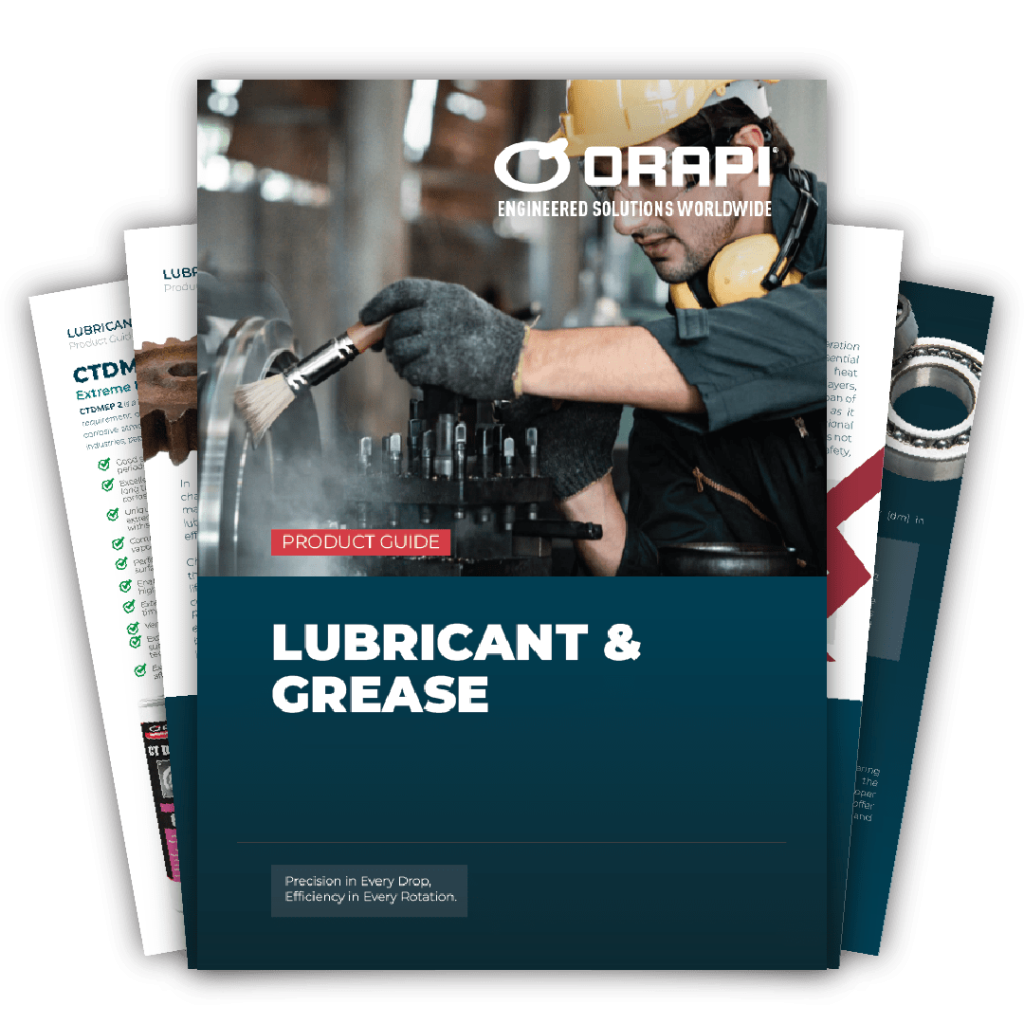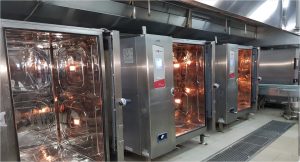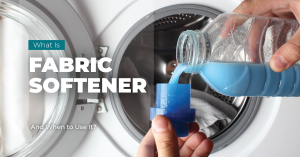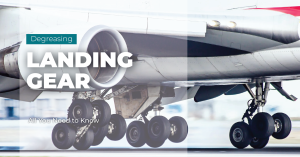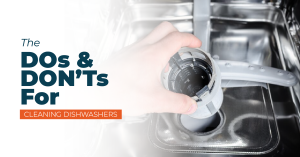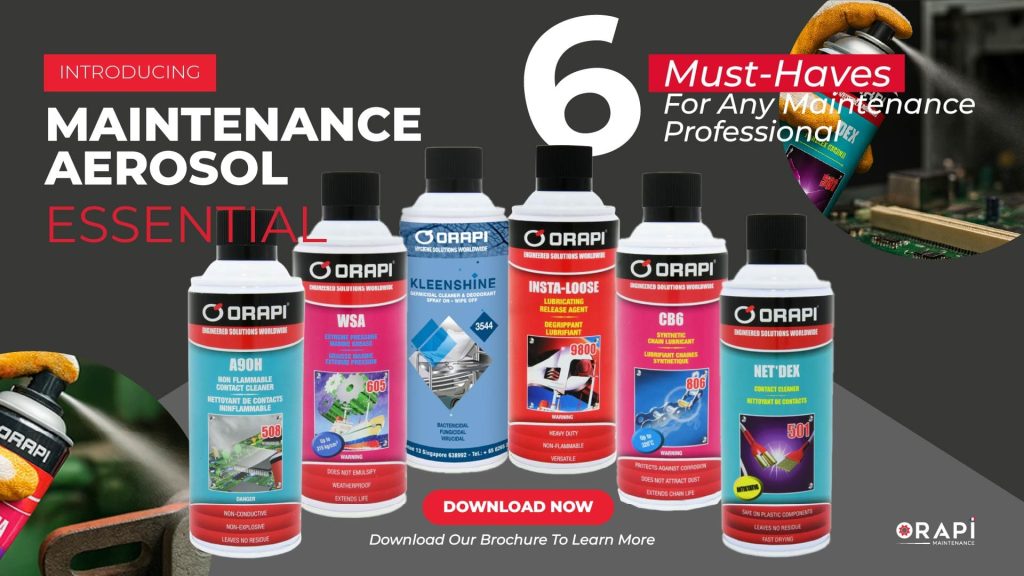
Understanding bearing failure is key to ensuring efficient operation and longevity of your electric motor. Bearings support the rotor, maintain precise air gap distances, and transfer loads effectively. Factors such as improper lubrication, misalignment, and electrical damage can lead to their failure. In this article, we explore the significance of bearings and common causes of failure and provide a comprehensive prevention checklist.
Why Are Bearings Important in Your Motor
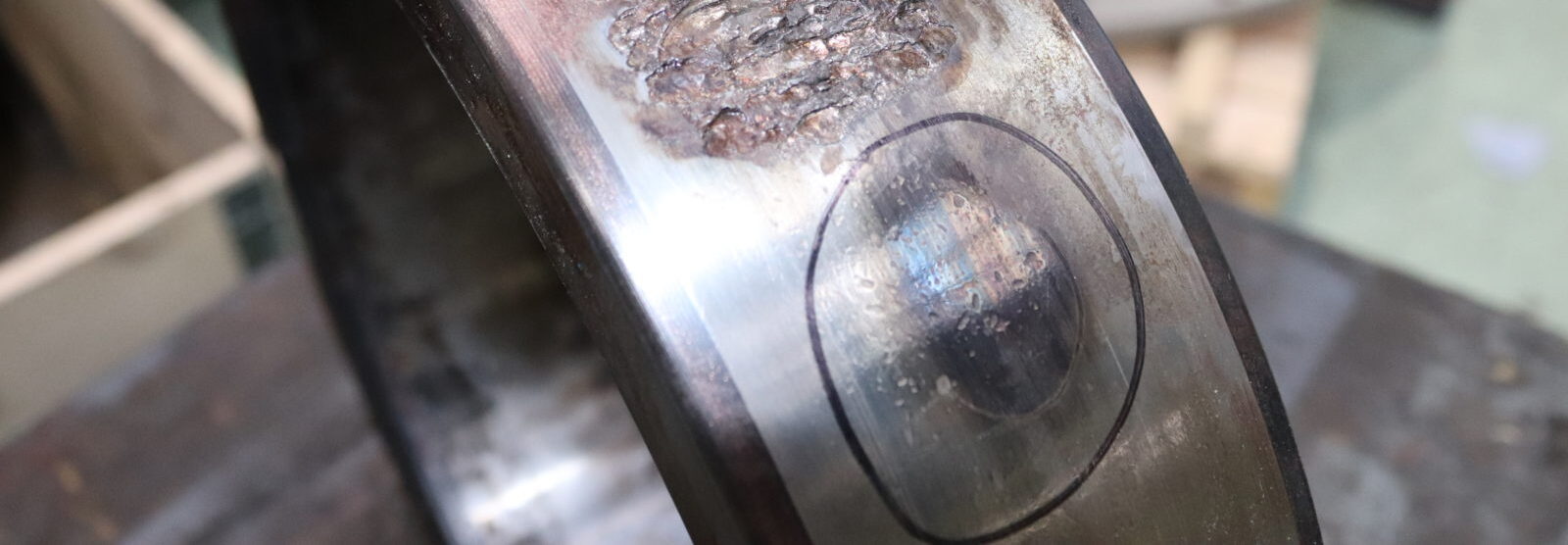
Bearings are crucial for the efficient operation and long lifespan of an electric motor. They support and position the rotor, maintain a small and consistent air gap between the rotor and stator, and transfer the load from the shaft to the frame. The motor loses efficiency and power without bearings, leading to increased friction and vibration. Consequently, when bearings fail, there is increased drag, more heat, and reduced efficiency.
Bearing Failure Causes

Bearing Failure Causes
Improper lubrication is a major cause of bearing failure accounting for 80% of all such failures. Inadequate lubrication, caused by insufficient quantity, incorrect type, or improper application, increases friction and wear, generates excess heat, and leads to premature failure. Lubrication is essential for maintaining a protective film between moving surfaces, reducing friction, dissipating heat, and preventing metal-to-metal contact. It’s also important to use the right type of lubricant and to monitor motor temperature, as high temperatures can degrade the lubricant.
Misalignment
Misalignment is a leading cause of motor bearing failures, often due to improper installation, inadequate maintenance, or operational stresses. When a motor and its load are not properly aligned, the bearing experiences uneven forces and stresses, leading to accelerated wear and premature failure. Factors like soft foot, referring to improper contact between the machine casing and the base plate, can also contribute to misalignment issues and should be monitored and corrected to prevent bearing failure.
Improper Installation
Misalignment is a leading cause of motor bearing failure, often due to improper installation, inadequate maintenance, or operational stresses. When a motor and its load are not properly aligned, the bearing experiences uneven forces and stresses, leading to accelerated wear and premature failure. Factors like soft foot, referring to improper contact between the machine casing and the base plate, can also contribute to misalignment issues and should be monitored and corrected to prevent bearing failure.
Electrical Damage
Electrical damage is a common cause of motor bearing failure. Even low levels of current flow can cause damage over time through arcing events, leading to surface flaking, tempering, melting, and re-hardening. These events can create craters and damage the rolling elements. High temperatures generated during arcing can also degrade the lubricant, further impacting the bearing’s performance and lifespan. Proper grounding, insulation techniques, and regular monitoring for electrical abnormalities can mitigate the risk of electrical damage.
Overloading
Excessive load on a bearing, known as overloading, can cause it to operate beyond its rated capacity for temperature, speed, or load, ultimately leading to motor bearing failure. High production demands, operator error, or lower manufacturing standards can cause overloading. When a bearing is subjected to excessive loads, it experiences increased stress and strain, resulting in accelerated wear, deformation, and premature failure. It is important to maintain load levels within specified limits, as recommended by manufacturers, to ensure the longevity and reliability of motor bearings.
Overheating
Motor bearing failure can occur due to excessive friction, inadequate lubrication, or operating conditions beyond the bearing’s capacity. Selecting the appropriate bearing for the application is necessary to ensure that thermal clearances align with operating conditions. Overheating can lead to increased friction and wear. Regular temperature monitoring, proper lubrication maintenance, and using bearings rated for the expected temperature range can help prevent overheating-related failures and prolong the bearing’s lifespan.
Contamination
Contamination poses a significant risk to motor bearings, leading to accelerated wear, corrosion, and ultimately premature failure. Moisture, temperature fluctuations, poor-quality lubricants, acids, dust, and dirt can compromise bearing performance. Corrosion weakens surfaces, dust and dirt cause friction and poor lubricants lead to inadequate lubrication and increased friction. Preventive measures like proper sealing, regular maintenance, and high-quality lubricants are essential to mitigate these risks and ensure the reliability and longevity of motor bearings.
How to Prevent Bearings From Failing

Clean the Bearings
Carefully remove the failed bearings from the assembly. Thoroughly clean them using a suitable solvent to remove any old lubricant, dirt, or debris. Ensure the bearings are completely dry before proceeding.
Inspect for Damage
Examine the bearings for any signs of damage, such as pitting, scoring, or wear. If the damage is severe, it may be necessary to replace the bearings entirely.
Select the Right Lubricant
Choose a high-quality lubricant suitable for the bearing type, operating conditions, and application. If unsure, consult the manufacturer’s guidelines or a lubrication expert.
Apply Lubricant
Apply the lubricant evenly to the bearing surfaces. Depending on the type of bearing, you may need to use a grease gun, oiler, or specialized lubrication equipment. Ensure that the lubricant reaches all critical contact points within the bearing.
Reassemble and Test
Once lubricated, carefully reassemble the bearings into the assembly following the manufacturer’s instructions. Perform a visual inspection to verify that everything is correctly installed. Test the equipment under normal operating conditions to ensure proper function.
Establish a Maintenance Schedule
Implement a regular maintenance schedule to prevent future lubrication failures. This schedule should include periodic inspections, lubricant replenishment, and proactive measures to address potential issues before they escalate.
Monitor Performance
Regularly monitor the performance of the bearings. Look out for any signs of overheating, unusual noise, or vibration, which could indicate potential problems.
ORAPI RECOMMENDS:
CT 609 is a very high-quality translucent grease designed for use in the food and food-processing industries.
CT 609 complies with NSF H1 and INS H1 standards for unintentional contact with foodstuffs. It contains no toxic substances, is hypoallergenic, and possesses high mechanical stability and good thermal stability.
CT 609 bonds well, is infusible (no drop point), and can be used by centralized lubrication systems.
Bearing Failure Patterns
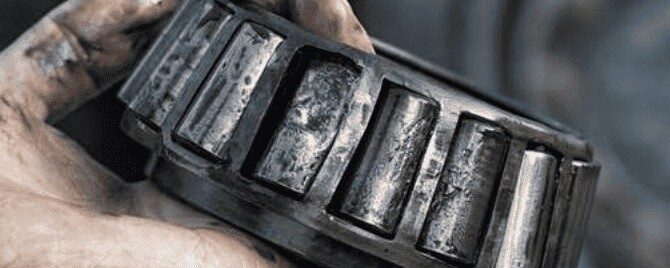
Look for patterns. Bearing failure is rarely simple. What seems like the cause at first glance may not be the root issue, which is why conducting a root cause analysis is crucial for preventing recurring problems.
Identifiable Damage Patterns
Bearing failure can lead to denting, cracking, metal fragments, residues, grooves, marks, and wear paths. These patterns provide insights into the nature and extent of the damage, guiding the investigation process.
Indication for Investigations
In addition to physical damage patterns, other indicators such as noise, colour changes, shape alterations, orientation shifts, temperature fluctuations, and abnormal vibrations can also be important clues in identifying the cause of the bearing failure.
Monitor Performance
Concerned about potential motor bearing problems? You’re not alone. The good news is that you can take an important step to prolong the life of your bearings and, in turn, your electric motors: implement a thorough preventive maintenance program.
|
PATTERN |
CAUSE |
WHAT TO DO ABOUT IT |
|
Brown or blue rolling elements followed by excessive wear of bearing components |
Lubrication problem |
Grease the motor bearings according to the manufacturer’s specs—no more and no less. Don’t mix lubricants as some are incompatible. Don’t let your motor get too hot as this destroys lubricants. Follow these greasing tips. And don’t lubricate sealed bearings. |
|
Vibration from damaged rolling elements and raceways rust |
Improper storage or handling |
Store bearings in a climate-controlled environment. Keep them covered at all times in their anti-corrosive wrapping prior to installation. Minimize the amount of time bearings will be stored. |
|
Denting, wear, cracked rings, high operating temperatures |
Improper mounting (true brinelling) |
Mount your bearings properly according to OEM recommendations. In most cases, that means mounting bearings with a press fit on the rotating ring. |
|
Wear path that’s not parallel to the raceway edges of the non-rotating ring |
Misalignment |
Use precision-grade locknuts. Be on the lookout for bent shafts and out-of-square shaft shoulders, spacers, and clamping nuts. Check alignment every 2000 hours of operation. Cross-torque the holding bolts of your motor. |
|
Elliptical wear marks at each ball position |
False brinelling |
Eliminate unnecessary vibration when the motor is idle. Use anti-wear lubricants. |
|
Increased vibration, brownish-red marks on bearing components |
Corrosion |
Use stainless steel bearings or integrally sealed bearings. In particularly hostile environments, use external seals. |
|
Brown marks running parallel to the axis on the raceway (aka fluting) |
Electrical damage |
Properly ground the motor or use insulated bearings or hybrid bearings. |
|
Increased vibration and noise, cracks in running surfaces, metal flakes on inner ring, outer ring, and balls |
Fatigue (aka spalling) |
Install overload controls or use a different bearing if the cause is overload. If the cause is tight fit, install according to manufacturer’s instructions. |
|
Grease bleeds (aka purges), dry “soapy” residue, discoloration of bearing components (colors range from gold to blue), malformation |
Overheating |
Add extra cooling, thermal controls, and heat paths. If the reason for overheating is overloading, install overload controls or select a bearing that can handle the load. |
|
Overheating, a crack on the inner ring, or significant ball wear path at the bottom of the raceway |
Tight fit |
Install the bearings according to the manufacturer’s instructions for proper fit. |
|
Wear around the circumference, presence of fine brown metal particles |
Loose fit |
Follow the instructions for bearing installation and check for proper fit. |
|
Grooved wear band similar to tight fit |
Reverse load |
If you’re using angular contact bearings, install them so the thrust is on the wide face of the outer ring and the opposite face of the inner ring. |
|
Spalled area in ball path |
Excessive load |
Reduce the load or switch out the bearings for ones with greater capacity. |
|
Denting of balls and raceways |
Contamination |
Clean up your act. Keep work areas clean, filter your lubricant, and protect bearings at all times from dirt, dust, and other contaminants. That means keeping your tools and hands clean too. Also, choose the right bearing seal for the application. |
Conclusion
Motor bearings are vital for preventing motor failures. Factors like improper lubrication, misalignment, and electrical damage commonly cause bearing failures. To mitigate the risk, proper lubrication, installation, monitoring, and maintenance are essential. Understanding failure patterns and taking preventive actions outlined in a checklist can ensure the reliability and durability of motor bearings, enhancing overall motor performance and efficiency.
